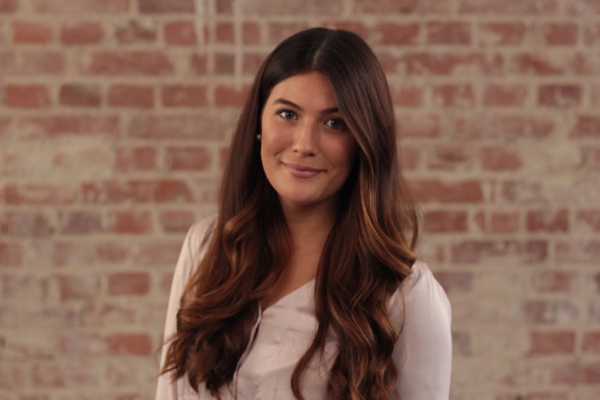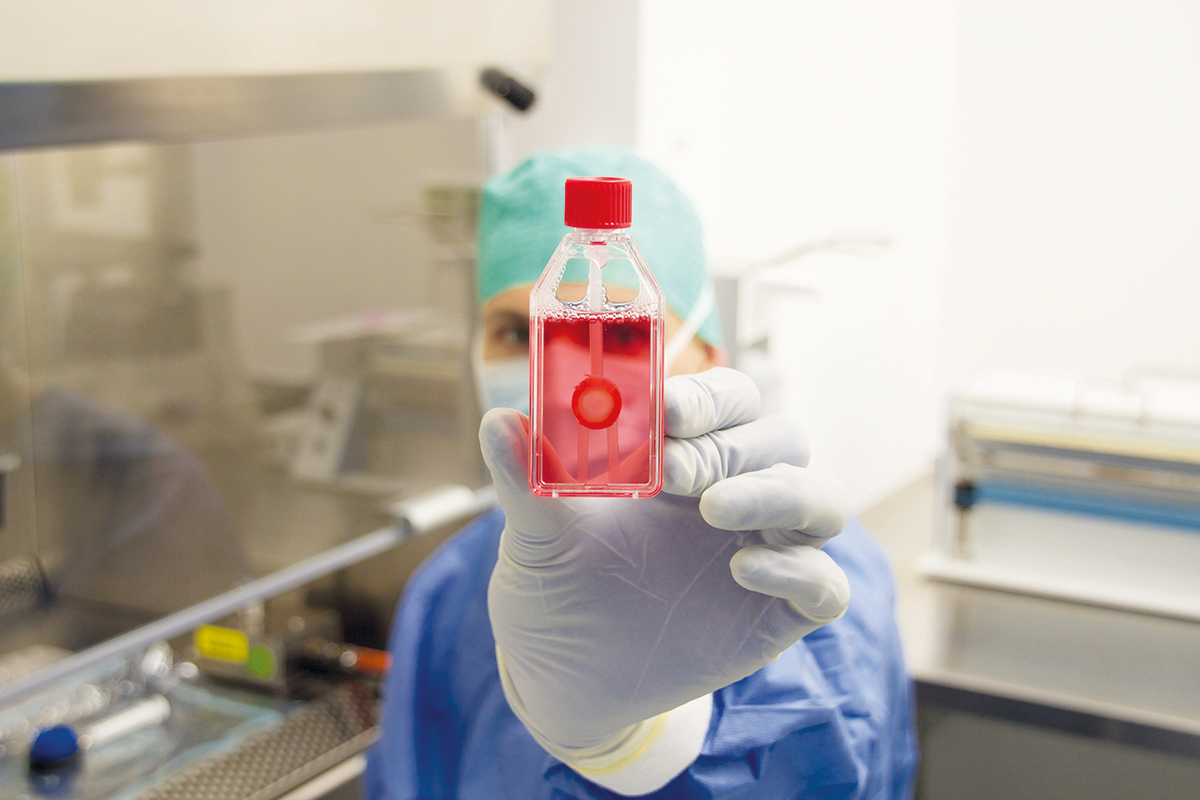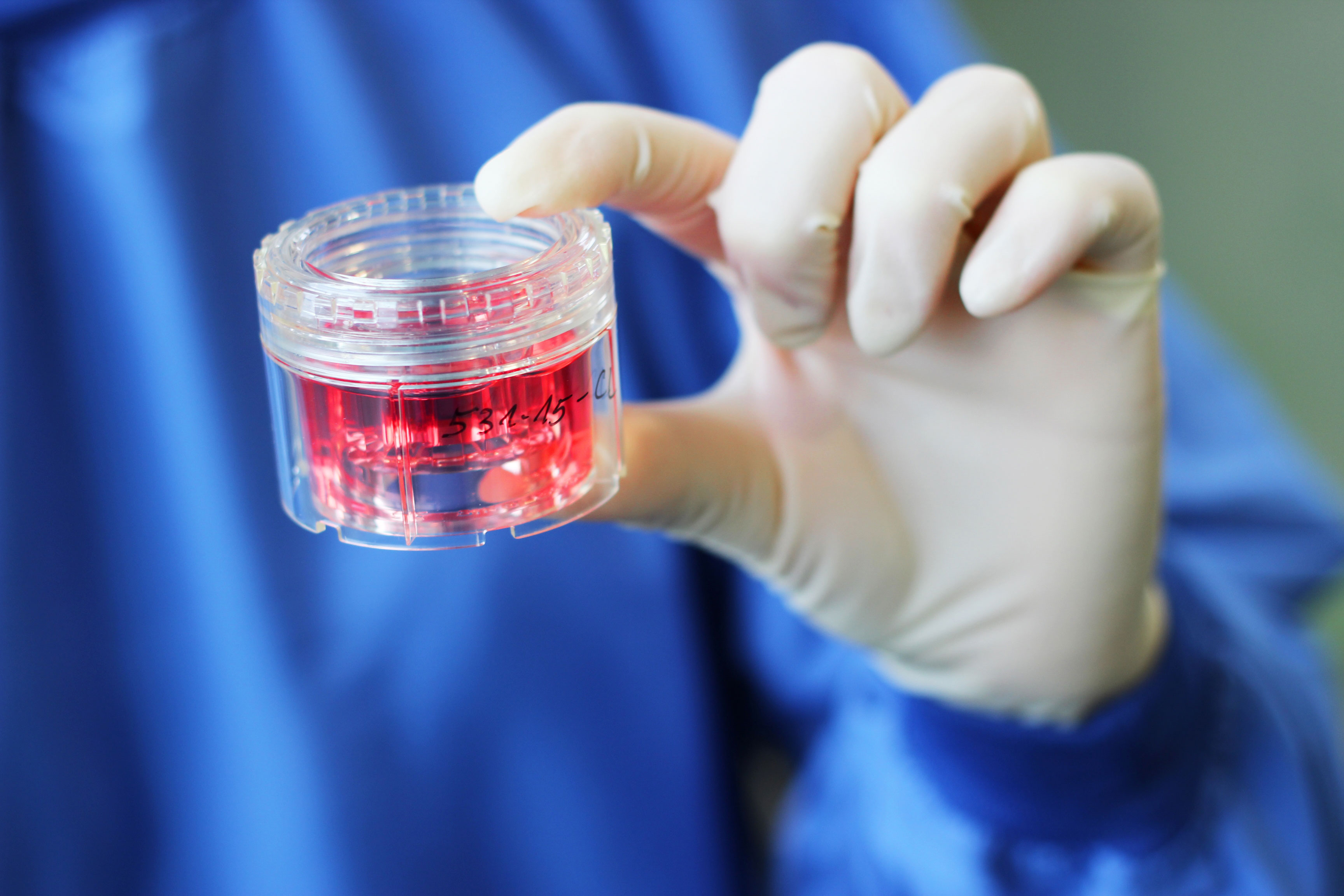Despite Corona: More than 3,000 people agreed to tissue donation
Hanover, 01/01/2021 – 3,029 donors or relatives consented to donate tissues such as cornea, heart valves, blood vessels and amnion (placenta) last year. Despite a decrease in donations during the first corona lockdown in Germany in spring, the German Society for Tissue Transplantation (DGFG) was able to maintain the high level of donations from the previous year. In total, the DGFG provided 6,268 tissue transplants to patients throughout Germany. A tissue donation gives confidence for a self-determined life: Corneal donations save patients from going blind, while a human vascular graft can sometimes even save lives.
The consent for tissue donation was around 41 percent. “In these challenging times, we owe it primarily to the prudent donors and their relatives that we were able to maintain the high donation level in 2020 compared to the previous year, despite the significant drop in donations in April and May,” says Martin Börgel, Managing Director of the non-profit DGFG.
41,327 notifications of potential donors were checked by the tissue donation coordinators of the DGFG for medical contraindications and other reasons for exclusion. 7,441 interviews with relatives (or living donors) resulted from this, in which the coordinators provided information about the possibility of tissue donation. Tissue donation was approved 3,029 times (2019: 3,007). From the donations that were carried out, 5,938 tissue preparations could be obtained for the care of patients throughout Germany. Most donors came from the federal states of North Rhine-Westphalia (471 donors), Mecklenburg-Western Pomerania (340 donors) and Saxony (320 donors).
New donation programme: More people receive vital heart valves and blood vessels
Heart valve and blood vessel transplants are used for cardiovascular diseases, prevent amputations and sometimes even save lives. A total of 537 heart valves and blood vessels (cardiovascular tissue) were donated in 2020; 584 in 2019. 164 heart valves and 102 vessels were successfully placed for transplantation this year.
Unlike organ donation, tissues can be donated after cardiovascular arrest and regardless of irreversible loss of brain function (brain death) – in the case of cardiovascular tissues, for up to 36 hours. To date, the majority of heart valve and blood vessel donation nevertheless takes place in the context of organ donation. Since organ donation figures have been at a low level for years, the demand for heart valve and blood vessel transplants (about 500 each per year in Germany) cannot be met either. In order to make more of these transplants available to patients, the DGFG has been developing a programme for the donation of cardiovascular tissue after cardiovascular death since 2017. With 38 cardiovascular deceased donors (2019: 31), the DGFG was able to further expand its cardiovascular tissue donation programme, which is independent of organ donation, in 2020.
Corneal transplantation: Gentle, lamellar surgical procedure increasingly in demand
In 2020, the DGFG was able to provide 3,962 patients with a corneal transplant to restore or maintain their vision. On average, around 7,000 corneal transplants are processed in Germany each year. “More than every second cornea is provided by the DGFG. We can now fulfil most requests for corneal transplants within a few weeks,” says Börgel.
Fifty-three per cent of transplants are requested for DMEK (Descemet Membrane Endothelial Keratoplasty) surgery. In this gentle surgical procedure, doctors replace only a thin layer of the cornea – a so-called lamella – so that the patient’s vision recovers much faster and the risk of infection remains minimal. Specially developed for this transplantation procedure, the DGFG provided 487 pre-prepared corneal lamella (LaMEK) (2019: 381).
A double gift to life: Placenta donation helps people to receive therapy without trauma
In 2020, the DGFG was able to realise 20 placenta donations in the context of planned caesarean births. The so-called amniotic membrane, the inner skin of the sac surrounding the foetus, is extracted from the placenta. Doctors can use the wafer-thin membrane in gynaecological surgery, oral and maxillofacial surgery and as a temporary skin substitute for thermal injuries and wound healing disorders. So far, the amniotic membrane is mainly used in ophthalmology for the treatment of severely diseased eye surfaces. A therapy without additional trauma by sewing in the amniotic membrane is made available by the DGFG’s AmnioClip-plus (AC+), which has been approved since the end of 2019. The amniotic membrane, which is clamped into a ring, is placed on the affected eye – similar to a contact lens. In 2020, 98 AC+ applications benefited patients to preserve their eyes and vision. A total of 1,942 “wound plasters” from amniotic membrane donations were provided (2019: 1,880).
Network structure ensures patient care even in the crisis
The fact that patient care could be guaranteed even in the difficult months of March to May despite the Corona pandemic is due to the nationwide network organisation of DGFG and partners. The cooperating forces are tissue donation coordinators, more than 100 donor hospitals and 13 tissue banks: numerous university hospitals, municipal and denominational hospitals, but also large hospital groups report potential tissue donors to the DGFG. Among others, the Robert Bosch Hospital in Stuttgart and the Friedrich Ebert Hospital in Neumünster joined the DGFG network in 2020.
Conscious tissue donation: DGFG promotes public education
The majority of decisions, both for and against tissue donation, are made by relatives in the spirit of the deceased – but without knowing the specific will. Less than one third (about 28 percent) of potential donors have documented their decision in writing or expressed it verbally during their lifetime.
With a poster exhibition in clinics and public educational and cultural institutions, the DGFG would like to draw attention to the necessity and possibilities of tissue donation, provide information and encourage people to make and document their decision. The photo motifs show, among others, recipients of tissue donations who, thanks to the transplantation, can see and walk again and have regained their health, mobility and independence. The portraits, still lifes and reports were created in a cooperation project with photography students at the Hanover University of Applied Sciences and Arts (HsH) over several semesters. A newspaper for free display accompanies the exhibition and provides in-depth and descriptive information about tissue donation. The posters and the newspaper can also be viewed and ordered digitally at www.gewebespende-erleben.de.
The annual data are preliminary (as of 12/28/2020).

Nathalie Schwertner
0049 511 563 559 355
0049 170 200 76 00







